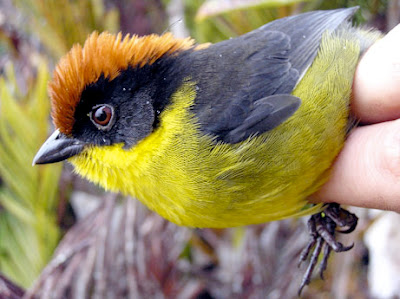San Diego area residents are lucky birders, because there is a wild amount of diversity on the warm California coast, right through the year. Let’s start with the basic question: is there a certain type of bird you want to attract? If so, you should start by reading up a bit about that species. One of the best websites out there for birds is allaboutbirds.org, which is hosted by the Cornell Lab of Ornithology. Additionally, you can check out the National Birdfeeding Society’s website birdfeeding.org.
No matter your preference of birds, there are some rules of thumb for all species.
1-Birds will be more comfortable coming to feeders if you have some cover in your yard, whether that is provided in the form of trees, shrubs, or even a brush pile or two
2- You’ll get more birds if you also have a source of fresh and clean water.
3- Keep your feeders well off the ground if you have prowling neighborhood cats in the area, or consider a fence that closes off access by cats into your yard.
Hanging feeders, such as gazebos and tube feeders, will attract many small songbirds that like to perch in trees. There are a huge variety of these birds, which include chickadees, warblers, vireos, finches, and some tree sparrows like Chipping Sparrows. Heavier and larger birds, and birds that forage on the ground will avoid hanging feeders. These birds will come readily to platform feeders and include: robins, doves, grosbeaks, jays, and many ground and shrub-foraging sparrows like White-crowned Sparrows and Dark-eyed Juncos.
Hummingbirds and Orioles each have nectar feeders specifically designed for them. The choice of feeder is mostly aesthetic, but be sure that it is easy to fill and clean. Providing fresh fruit in your yard, either nailed to a surface that provides a perch or presented in a specialized fruit feeder, will attract any frugivore including orioles. Suet feeders will round out the bunch, and will attract any bark-foraging birds like woodpeckers, flickers, nuthatches, and chickadees.
No matter your feeder type, be sure that it’s easy to fill and clean! You can save yourself a lot of frustration in the future this way, especially if you are successful in attracting lots of birds. Also, make sure the feeder is designed to protect the contents from rain and has good drainage for any moisture that finds its way inside. Remember to hang your feeder so that it’s easy to reach!
Feeders can be filled with a number of different small nuts or seeds. Black-oil sunflower seed is an all-purpose seed that many birds like and it keeps well because it is protected inside its shell. I have had no luck using bags of mixed seed to fill hanging feeders, because most of the seed is usually wasted. Each species will prefer a different seed, and will dig through the mix until they get it, dropping whatever is in their way onto the ground. It’s much better to provide the seeds individually in different feeders.
If you are interested in bird diversity, provide several feeder and feed types in your yard. Experiment with the placement of those feeders to find that magic combination of shelter and openness that will make your birds flock in! No matter what else you do, remember to enjoy the birds that come into your yard. Happy birding!














